On-card power system design
It''s no secret that on-card power systems are rapidly increasing in complexity. Leading edge ICs are demanding lower and lower voltages and multiple voltage rails that must be applied in the correct sequence. At the same time, the current they consume continues to increase, making the power designer''s task increasingly difficult.
Very low voltages at high currents cannot be distributed efficiently from a single, central power supply. Instead, distributed power systems using point-of-load (POL) power converters have become the norm. A relatively high voltage is distributed through the backplane or motherboard, and each of the cards in the system includes DC-DC converters to reduce the backplane voltage to the low voltages needed by the ICs. High efficiency can be achieved with this approach. The downside however is that each card designer now has the task of designing a power system for that card.
For equipment using 12V or 5V backplane voltages, the continual increases in power levels and resulting high backplane currents are difficult to manage. Most large systems therefore distribute a higher voltage to reduce current and improve power efficiency. The telecom standard of ‑48V has been adopted in a wide range of applications such as compute servers, industrial products and military systems, often with duplicated ‑48V feeds to provide redundancy for high-availability applications.
One important consequence of using a higher backplane voltage is that each card must provide isolation between the primary side (the ‑48V input) and the secondary side, both for safety and to avoid unwanted ground current paths.
Requirements of on-card power system
Most on-card power systems are based on an architecture that uses modular DC-DC converters as building blocks. Very high performance DC-DC converter modules are available from a wide range of suppliers, both as isolated bricks and as non-isolated POLs.
Figure 1 shows a typical 48V power system using a single brick to generate a 12V intermediate bus that feeds a number of POL converters. Using these modules dramatically simplifies the task of designing a high performance power system. There is however a lot more to the power system than the DC-DC converters themselves.
On the primary side, the power system must meet regulatory objectives for safety and EMI, as well as supporting system requirements such as hot swap and power redundancy. The major requirements usually include the following:
linux操作系统文章专题:linux操作系统详解(linux不再难懂)



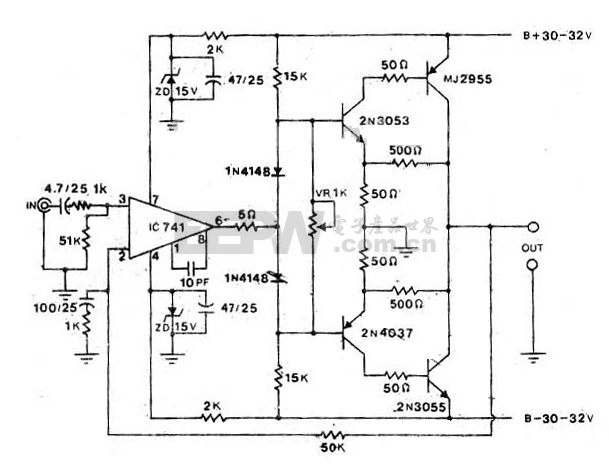

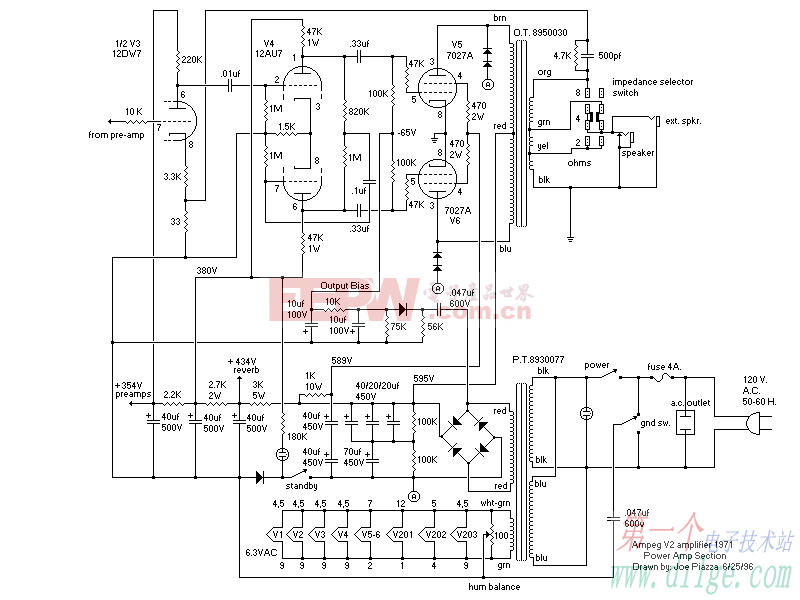

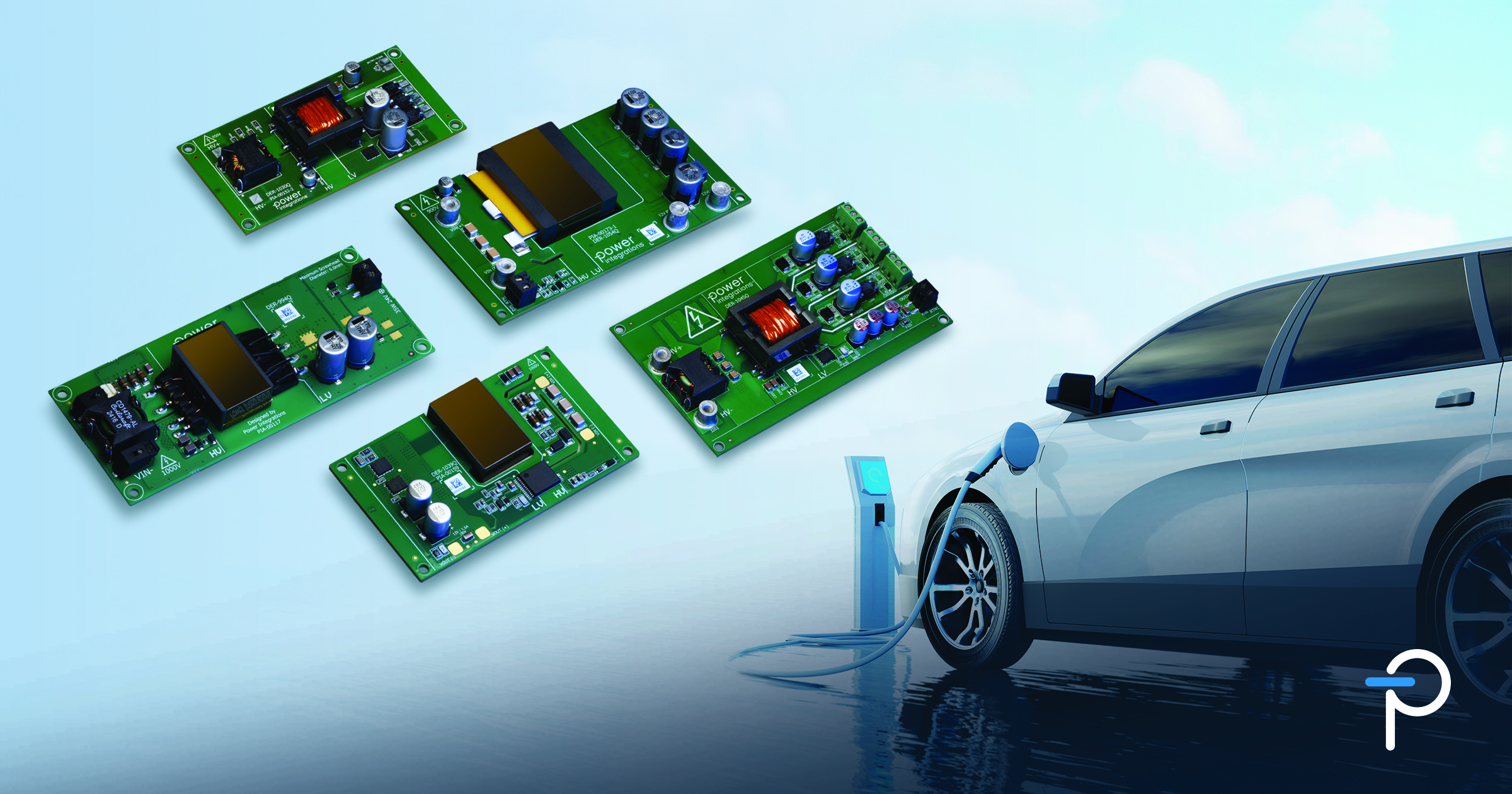
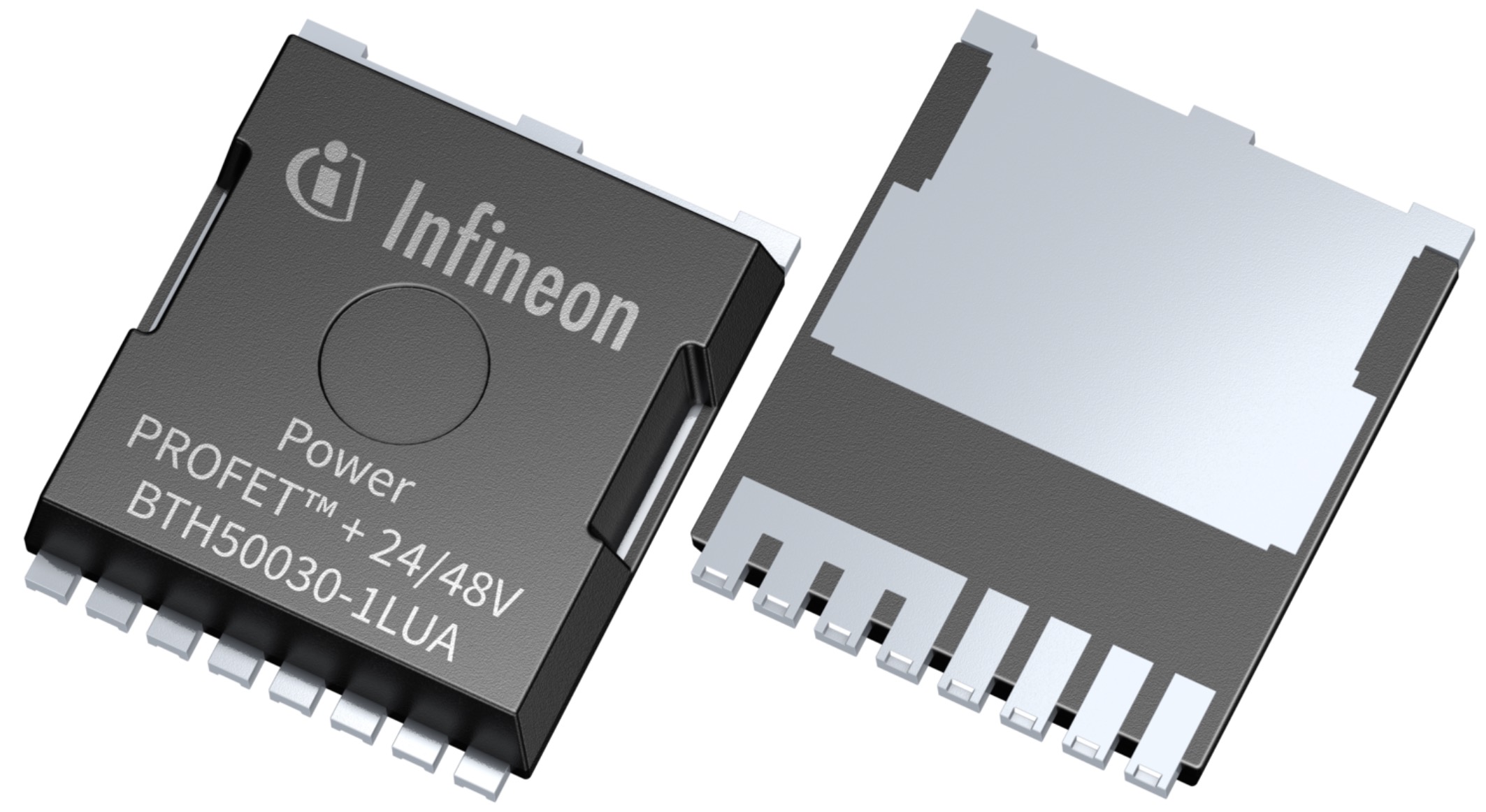

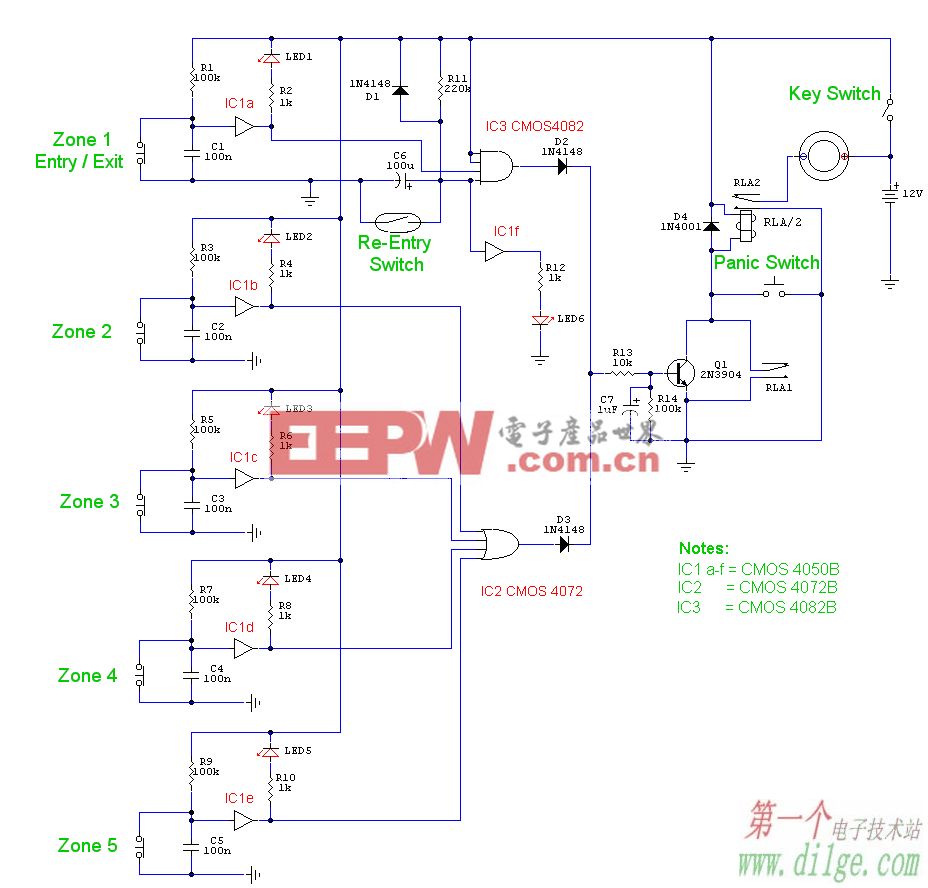
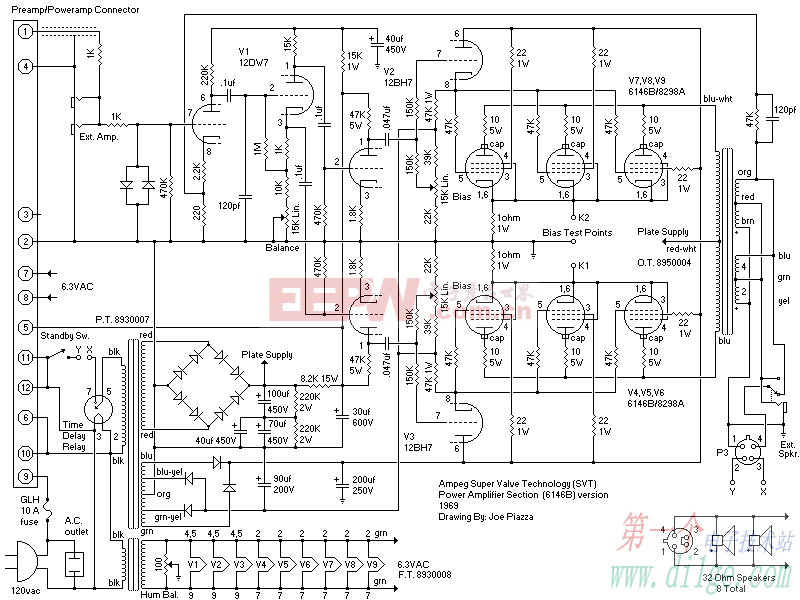
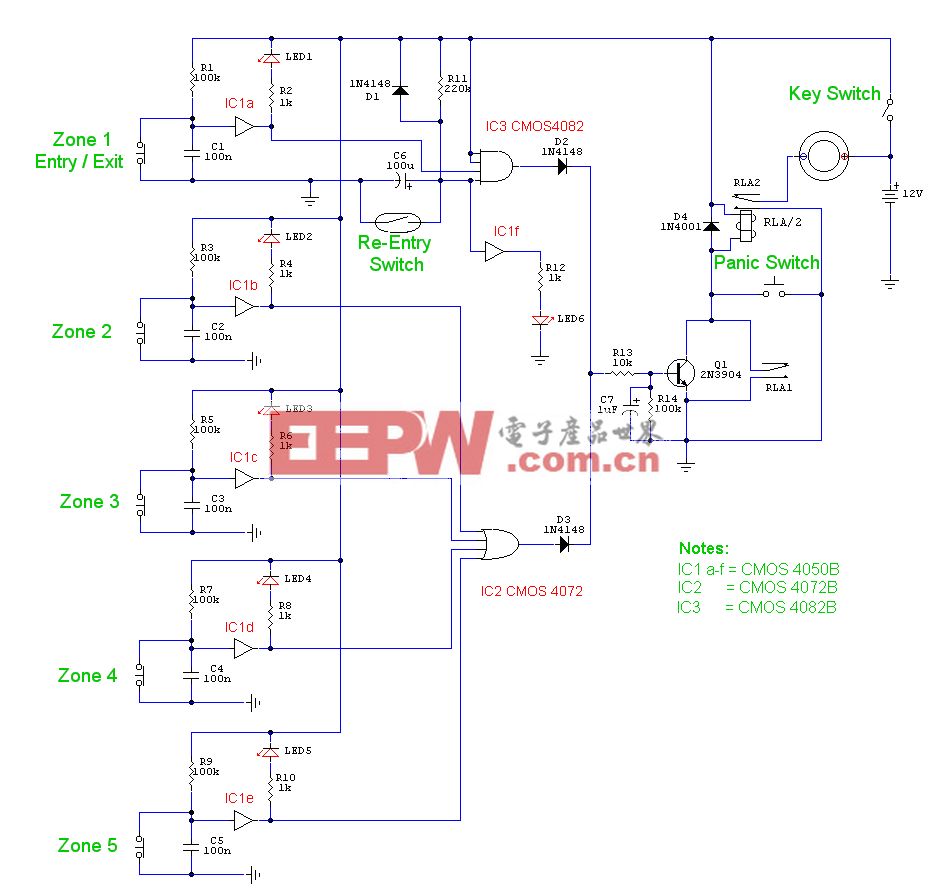
评论